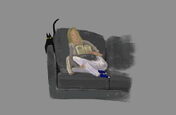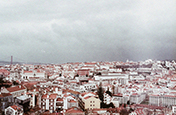Add crosscutting to your video editing toolkit.
Learn this useful editing technique for weaving together action in two or more different scenes.

What is crosscutting?
In film editing, crosscutting describes the video editing technique of switching back and forth between scenes, often giving the impression that the action occurring in different locations is unfolding at the same moment. Also known as parallel editing, this technique dates back to director Edwin S. Porter’s The Great Train Robbery of 1903.
When should you crosscut?
To capture phone or video conversations.
Filmmakers often use the crosscut to show two characters talking on the phone. The camera cuts back and forth as the conversation progresses, and there’s room to play with dialogue and its relation to the action in the frame. For example, in Ferris Bueller’s Day Off, Ferris pretends to be bedridden while talking to his father on the phone, but really he’s sitting at his computer, pressuring his buddy Cameron to come over.
To build suspense.
Crosscutting can bring viewers to the edges of their seats. Think of an action hero racing to defuse a time bomb, the hero’s actions interwoven with cutaways of the ticking clock.
In The Silence of the Lambs, director Jonathan Demme uses the crosscut to build suspense, but also to misdirect the audience. By cutting from a scene of the villain Buffalo Bill at home to shots of FBI agents surrounding a house, Demme suggests that justice is about to be served. But the FBI agents break through the doors and windows only to discover that the house is empty. Buffalo Bill is in a different house, opening the door to Clarice, the protagonist, who must now face him all alone.
To make a point.
Crosscutting can also establish deeper meaning, as in the climax of Francis Ford Coppola’s The Godfather. Michael Corleone is in church, becoming godfather to his sister Connie’s daughter. Meanwhile, Corleone’s men are eliminating his rivals. The scene begins with a match cut (a juxtaposition of two frames that are thematically or compositionally similar). The first shot is a close-up of the baby in Connie’s hands. The next, a pistol in a man’s hands. Then the camera cuts back and forth from the church, where Michael renounces Satan, to the brutal murders, establishing his baptism as mafia boss.
To play with time and space.
Christopher Nolan, a master of crosscutting, uses this technique in Inception to show simultaneous action on different planes of reality. In one famous scene, the protagonist, Arthur, is asleep in a speeding van chased by men on motorcycles. Meanwhile, in his dream, Arthur fights men in a hotel hallway. When the van swerves and rolls over, gravity in the dream world swerves and rolls over. The result is one of the most suspenseful and memorable fight scenes on film.
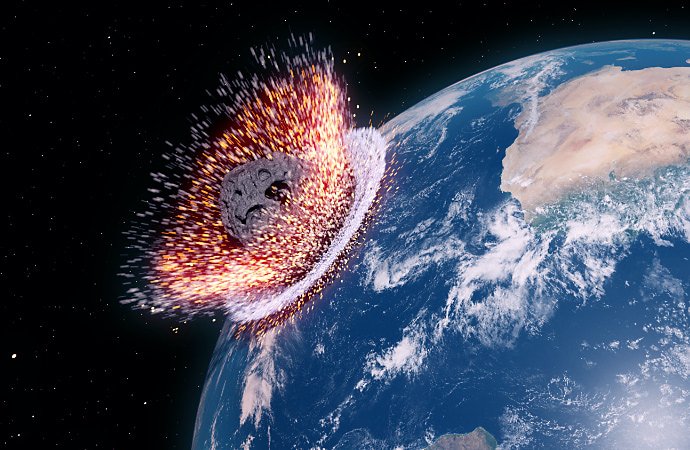

Get the right footage.
Set yourself up for success by getting footage you’ll be able to crosscut.
Consider the following elements before you make your shot list.
- Point of view: Whose perspective does the camera represent? Does that change dramatically between scenes you want to interweave? If so, how much information does the viewer need to understand the action?
- Framing: Make sure you have establishing shots for each scene so your viewer has a sense of each location before you start using closer shots and switching from scene to scene. You may also want to line up visual elements for a match cut.
- Lighting: Consider lighting the scenes differently to make the contrast clear and avoid confusing the viewer. In the example from Inception above, the chase scene is in blue while the fight scene is in orange, so we always know where we are, if not exactly what we’re doing there. You can use color correction tools in Adobe Premiere Pro to create contrasting tones.
- Coverage: Camera coverage describes the footage you need in order to tell a coherent story. Give yourself options by shooting the scenes from a couple of different angles. Having options will make it a lot easier to edit the video.
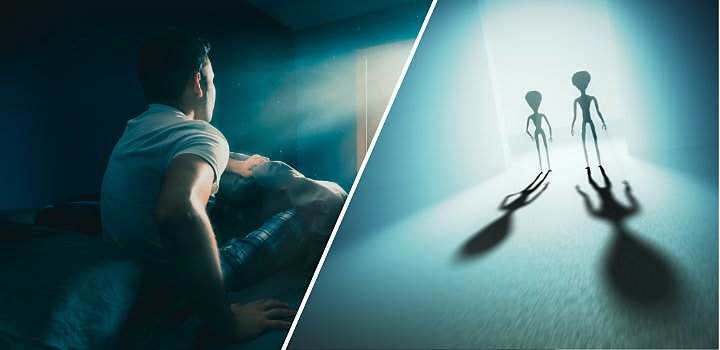
Color code each scene in your timeline.
As you begin post-production in Premiere Pro, use label colors to mark your scenes and help you easily distinguish one from another. “That way,” says colorist and editor Gerry Holtz, “especially if you’re cutting between three or four scenes, you can just look at the timeline and immediately see where you might be too heavy on one side and too light on another.”
Edit each scene separately.
Before you try to interweave two different scenes, establish the beats (or moments) of each individual scene. Then consider where you might enter and exit that scene and how you might break it up. Note potential In and Out points with markers. “Once you have all those little beats, you can shuffle those together with the other scenes,” says Holtz. “But first you want to make sure that each scene on its own is making sense. Later, you might figure out you don’t need all those pieces, but that’s a good place to start.”
Play with music.
Music and other sound effects can work to unify your different scenes. In a music video, for example, the song ties narrative and performance scenes together. This can work in a film or advertisement as well. “The risk you run in doing this parallel editing is that the piece can feel disjointed. But you can tie those scenes together with music and overlapping sound effects,” says filmmaker Taylor Kavanaugh.
You can also use music or sound effects as you do lighting to help distinguish one scene from another. If one half of a phone conversation takes place on a busy Manhattan street corner, and the other in a library, the contrast will be clear.
Carry motion over from scene to scene.
Try tying your characters together by echoing movement throughout both clips. If a character in the first clip walks across the frame from left to right, cut to the character in the next clip doing the same. “We as viewers want to see things carry over from one clip to the next,” says Kavanaugh. “Continuing that motion allows us to make that connection, whether we even recognize that or not.”
Avoid confusing your audience.
Don’t mistake confusion for suspense. If you’re shooting a battle scene, for example, avoid cutting together too many tight shots so quickly that the viewer can’t figure out who’s doing what. “You can have your audience questioning something, but you want them to know what they’re looking at,” Holtz says.

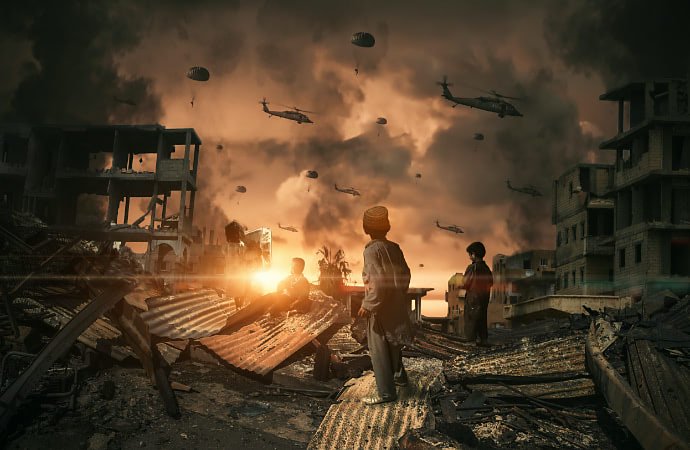
Get feedback.
One way to know if you’re confusing your audience is to share your work. With filmmaking, as with any creative pursuit, it’s easy to become so deeply involved that you lose perspective. When you can’t trust your judgment anymore, show your crosscut scenes to a friend and get their opinion. Can they follow the action? Have you maintained continuity? Can they pick up the scene where it left off or understand what happened while they were away?
You should also pay close attention to the movies, TV shows, and other content you love. Study what works and think about why it works. There are no shortcuts to learning the craft of filmmaking. “You have to educate yourself and read tutorials, but then go out and try it for yourself,” Kavanaugh says.
Do the work, and accept that you’ll make mistakes. Be patient with yourself — and your critics.
Contributors
Do more with Adobe Premiere Pro.
Make visually stunning videos virtually anywhere — for film, TV, and web.
You might also be interested in…
How to get started on storyboarding.
See how this artistic storytelling skill helps bring ideas to the big and small screen.
Learn about the dynamic range of your camera and how to manipulate it to create the images you want.
See how this technique can help bring a stylized and evocative effect to your work.
Learn how this helpful device can help you capture great, stable footage.
